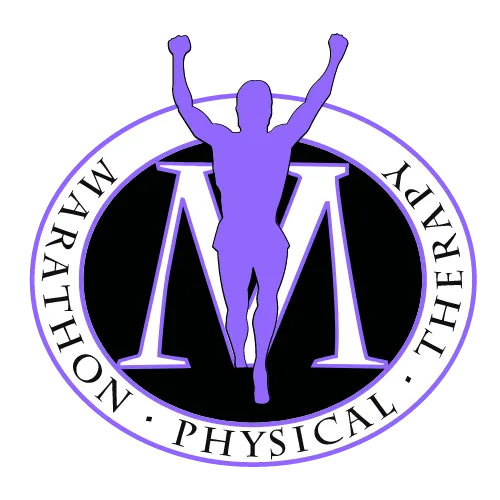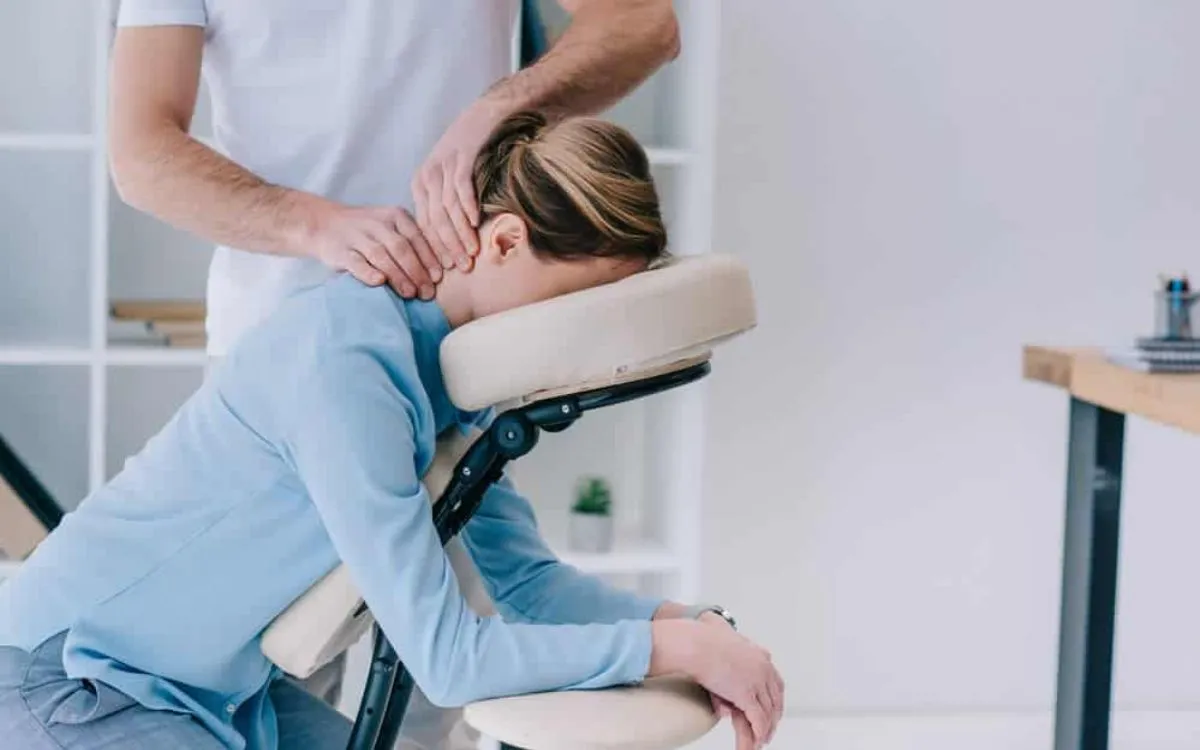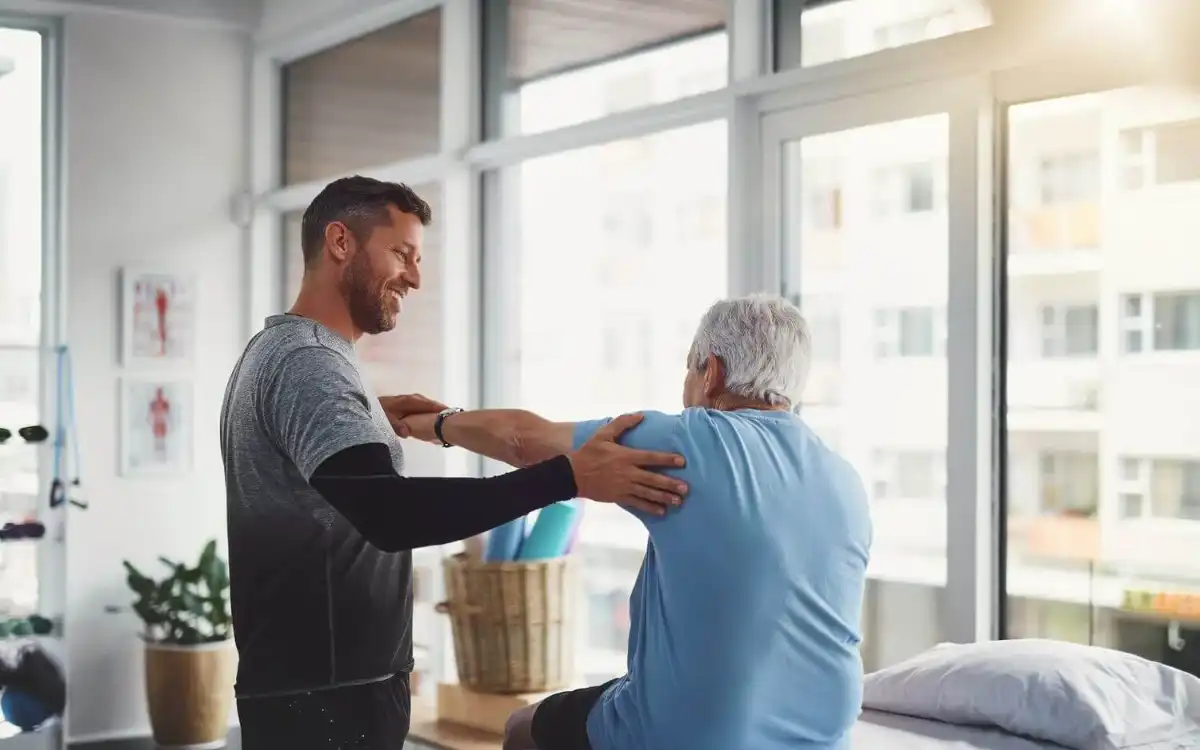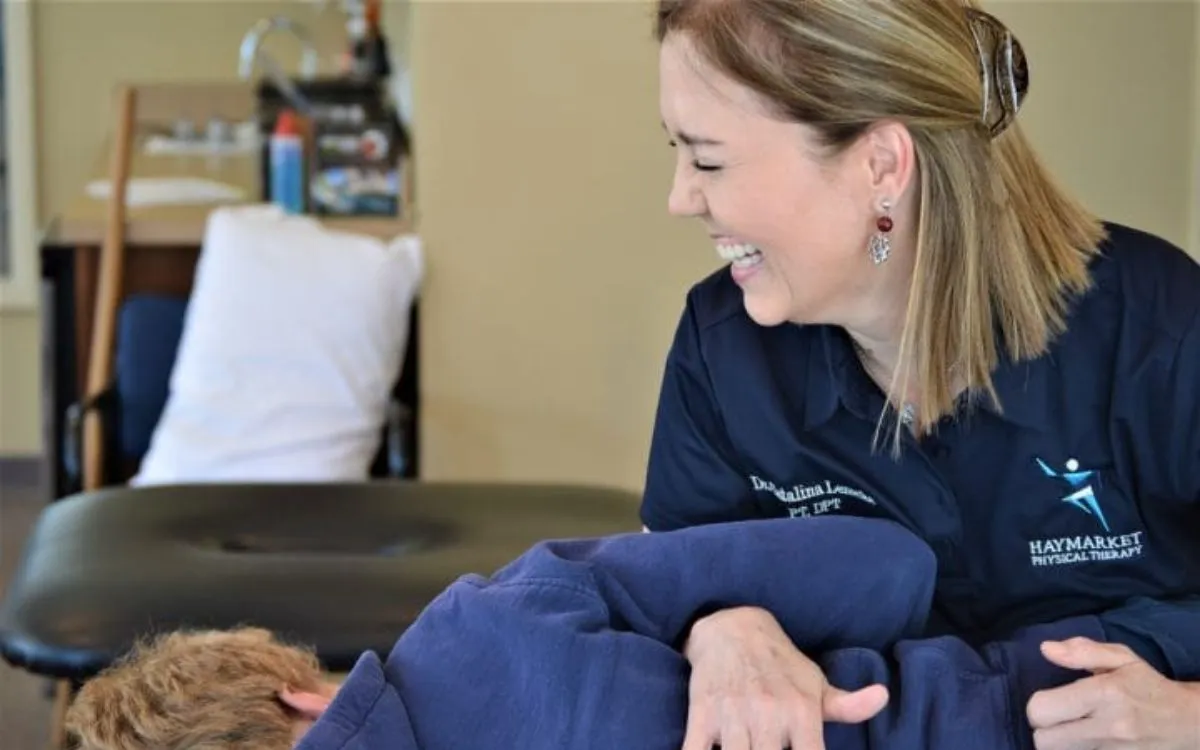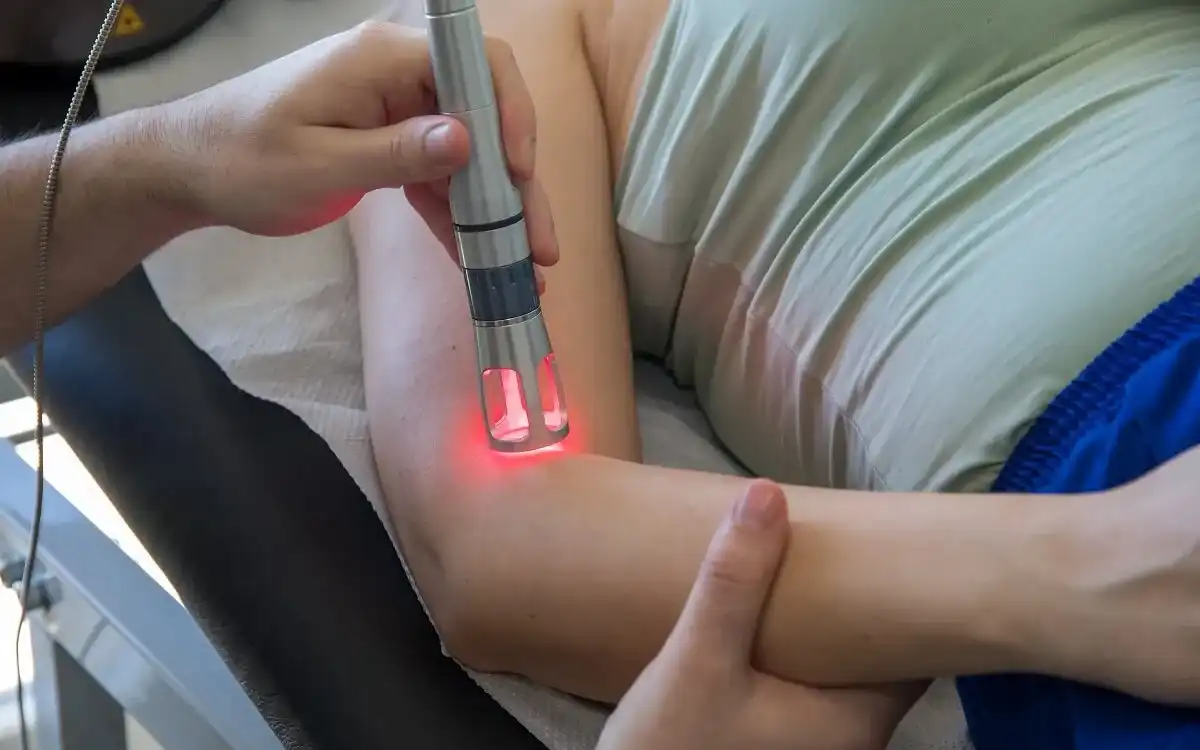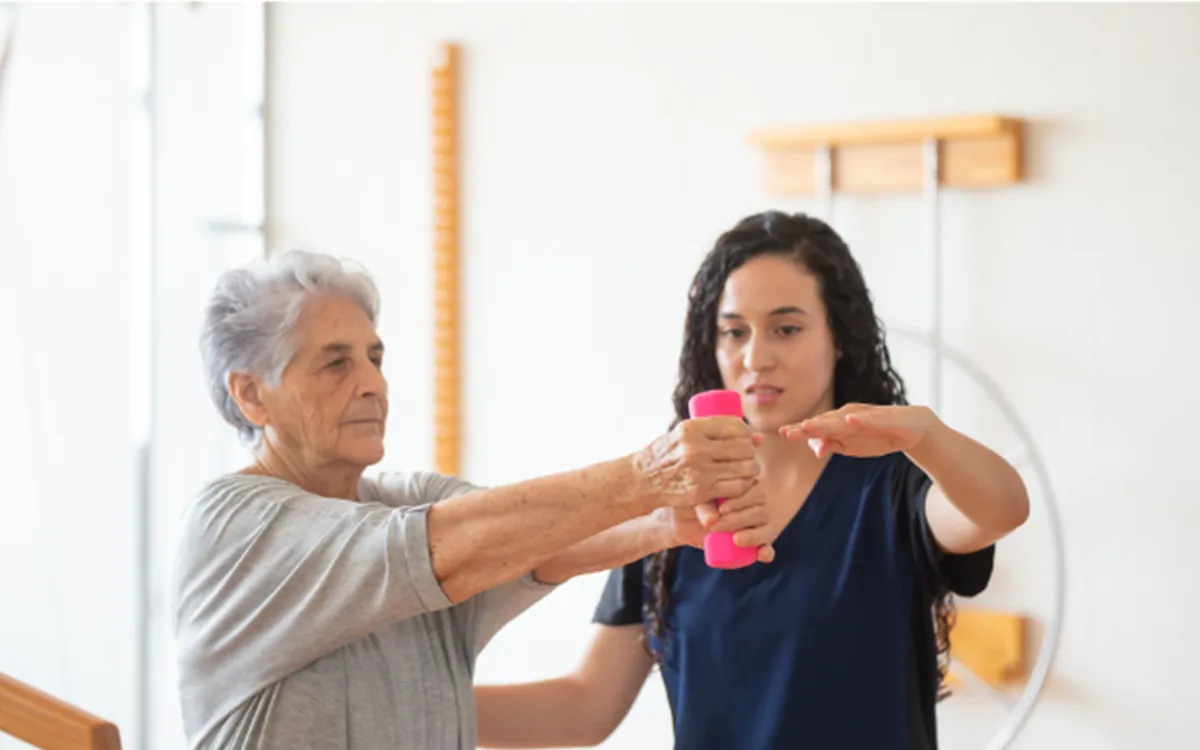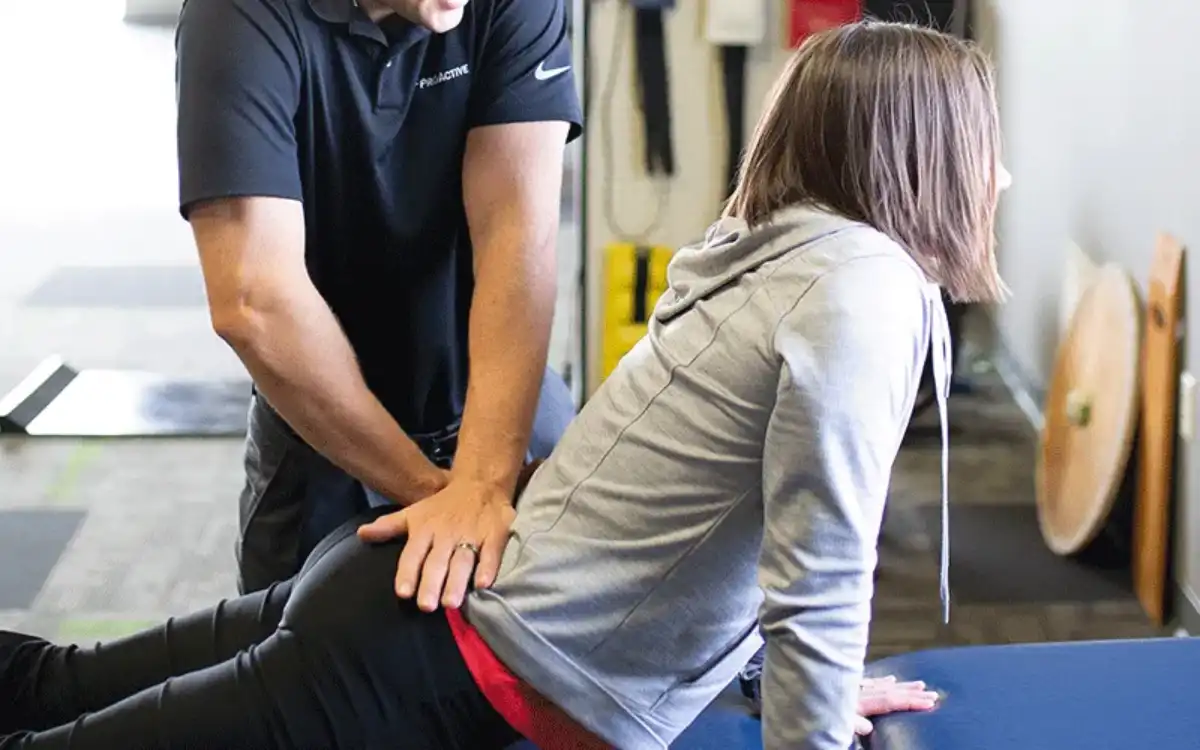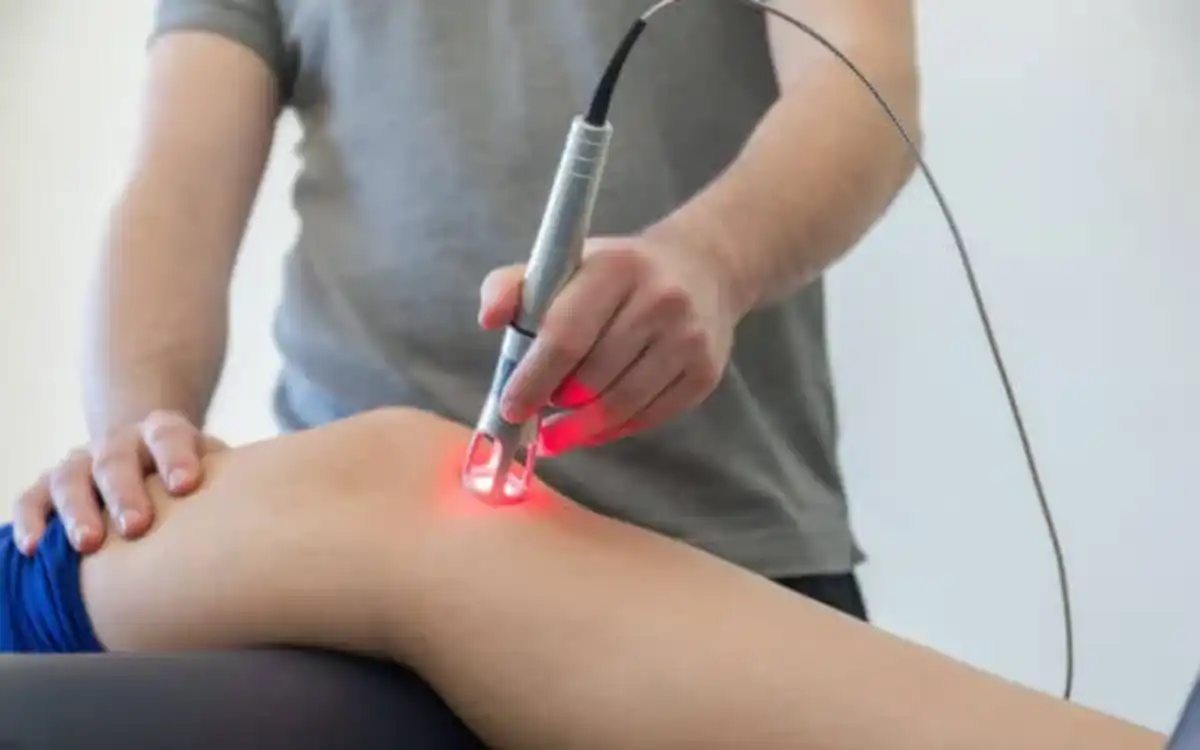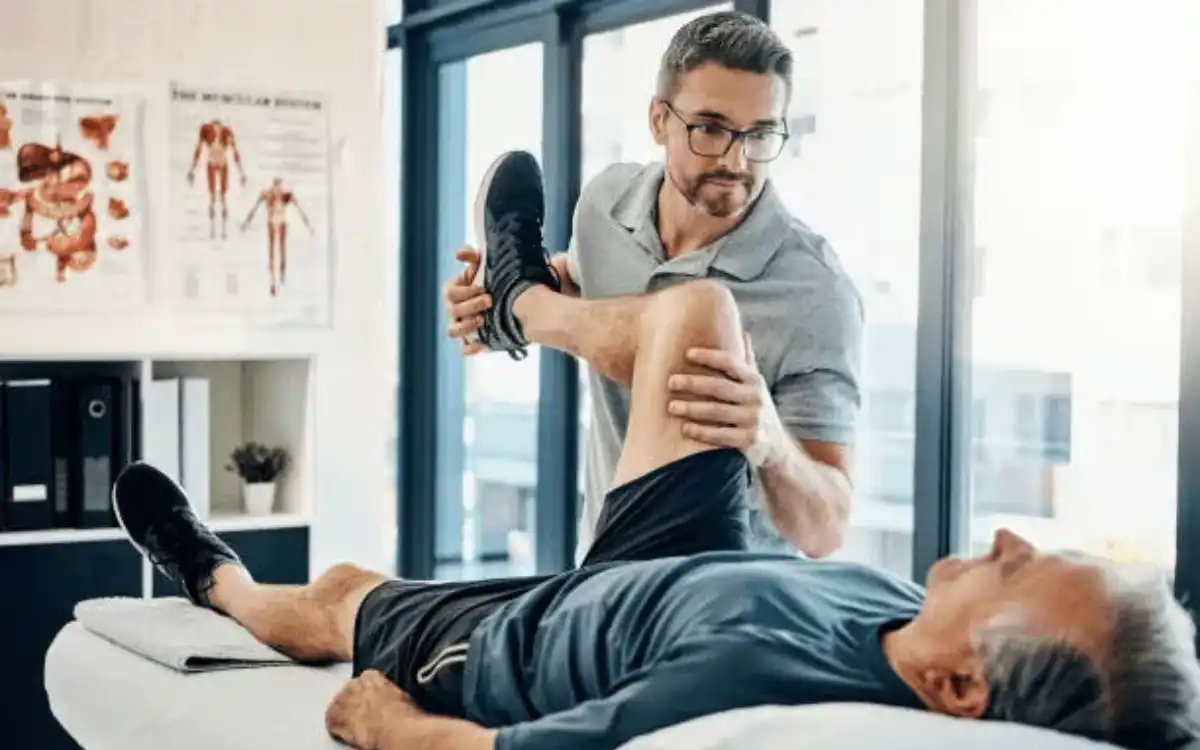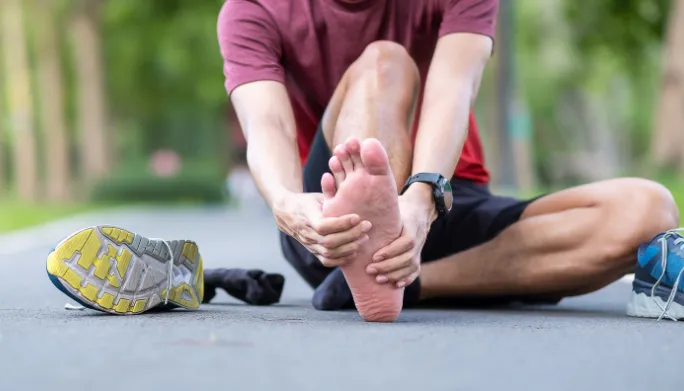Overview
Skier’s Thumb (Gamekeeper’s thumb)
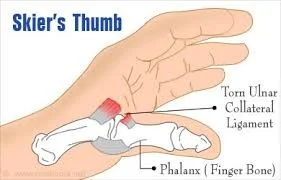
Skier’s Thumb occurs when a traumatic force is applied to the thumb, causing it to be removed (thumb abduction or extension are the anatomical directions). This causes damage to the ulnar collateral ligament at metacarpophalangeal joint (MCP). It is common in football and skiing.
The symptoms include swelling, pain around the thumb’s knuckle, and instability of the joint. Avulsion fracture is a small piece of metacarpal pulled off by the ligament.
Bracing or splinting partial tears is the most common treatment. In some cases, surgery may be necessary to repair the tear completely.
Treatments
Goals
Possible Treatment Goals
- Decrease Risk of Reoccurrence
- Improve Function
- Optimize Joint Alignment
- Improve Muscle Strength and Power
- Improve Proprioception
- Self-care of Symptoms
- Improve Safety
- Improve Tolerance for Prolonged Activities
